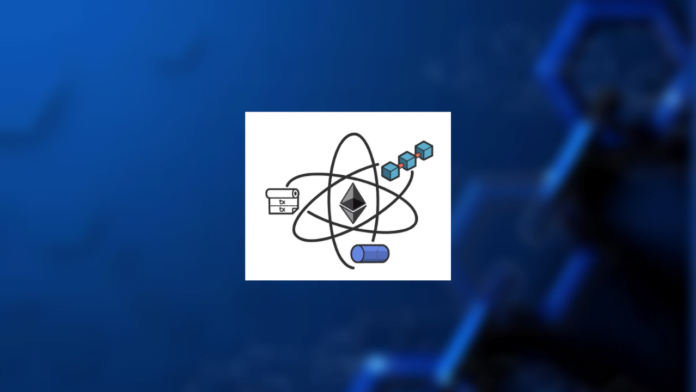Whenever we talk about Ethereum blockchain, there is one term that pops up sooner than later, Layer 2 or L2 solution. Some of us have a bit of an idea about what is it but there are some things that we need to dig in so as to grasp the technology in a better manner. So today, we’ll talk about what is a layer-2 scaling solution and why is it so important to Ethereum blockchain?
Layer 2 is a basic term for defining a specific set of Ethereum scaling solutions
In simple terms, A layer 2 is a separate blockchain that extends the original Ethereum blockchain. It also inherits the security guarantees of the original blockchain. These original blockchains are also called as Layer 1 solution and consist of the following:
- A network of node operators that validate the network.
- A network of block producers.
- The blockchain itself along with the transactional data history.
- Finally, the consensus mechanism for the network.
But we haven’t answered the question yet. Why do we need a layer-2 scaling solution for Ethereum blockchain?
A blockchain architecture can only achieve two out of three properties: decentralized, secure, and scalable
Whenever we try to make a blockchain desirable for these properties, we can only achieve two of them. If you want to have a secure and decentralized blockchain, you have to sacrifice reliability.
That’s the case for Ethereum, which has a secure and decentralized network but suffers from scalability. The latter is very important for Ethereum since its current capacity has reached upwards of a million transactions per day. Due to this, there is a high demand for transactions on these networks. Moreover, this has also led to a substantial rise in gas prices.
In fact, we have all seen multiple instances when the Ethereum blockchain has become so congested that gas prices reach ‘astronomical’ rates.
Scaling solutions can offer a solution to this peculiar problem. But how?
The main aim of scalability is to increase transaction speed and throughput without sacrificing decentralization or security. What layer 2 scaling solutions do is that they regularly communicate to the Ethereum blockchain so as to main security and decentralization guarantees. However, they handle the scaling part on their own blockchain. In simple words, they take the transactional burden away from layer 1.
And at the end of the transaction, the layer-2 solution provides transactional proof back to layer 1. This results in less congestion on the original blockchain and achieves the third property: scalability.
There are multiple advantages of Layer-2 scaling solutions:
- Lower fees.
- Maintains the security of the original blockchain.
- Expands use-cases to a new level.
Now that we have discussed scaling solutions, let us diversify them into some specific categories:
- Generalized Layer 2s – These scaling solutions have similar characteristics to the Ethereum blockchain. Moreover, developers who’ve deployed their dApps on Ethereum blockchain can migrate their code without any fuss on these solutions. Examples are: Arbitrum One and Optimism.
- Application Specific Layer 2s – These projects majorly specialize in optimization for some specific application space. However, they offer improved performance. Examples are: dYdX and Loopring.
- Sidechains and validiums – These solutions allow users to transfer assets from Ethereum to another network/blockchain. They basically run in parallel with Ethereum and interact with it through bridges. However, they do not derive their security and data availability from Ethereum. Examples are Polygon and Skale.
Related Stories:
